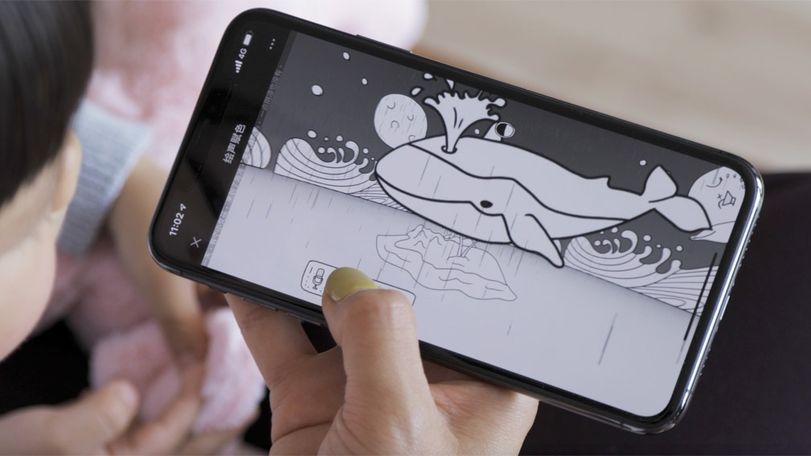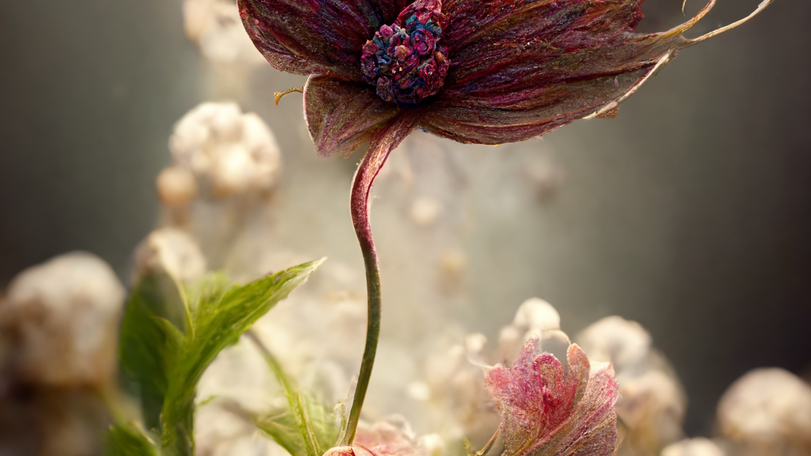
feature
The robots are our friends: how adland is embracing AI
With ChatGPT, AI has finally become mainstream. But how are agencies - one of its early adopters - now using the technology?
15 March 2023
The hype machine was already buzzing along quite loudly at the start of the year with AI predictions when Ryan Reynolds’ Mint Mobile spot added a frenzied twist.
Described by Reynolds himself as ‘mildly terrifying but compelling’, the spot underscored that the robots aren’t quite here to steal creative jobs, but that experimentation with AI tools is rife in adland and spiking interest among clients. Where Metaverse was 2022’s buzzword, so AI has leapt into the marketing vernacular and certain brands have been quick to embrace the emerging technologies.
In the interest of research, ChatGPT was of course consulted to write this introduction. According to the chatbot sensation developed by OpenAI: “Artificial Intelligence (AI) is revolutionising the advertising industry. As AI continues to evolve, it will become an even more powerful tool for advertisers.”
It's an overwhelmingly positive synopsis – unsurprising given that the tech tool wasn’t going to underestimate its own potential impact within adland, but while there’s enthusiasm and excitement from many departments, there’s no denying that the robots are not without their challenges.
As Dickon Laws, global head of Innovation, Ogilvy states: “Like all emerging technologies, the hype around it has also created a goldrush. Brands can be guilty of foolishly chasing a headline for a ‘world’s first’ or other reputation building claim. In reality, what happens is they often think they are heading for a goldmine but wake up in a minefield. AI is incredible but also offers huge brand reputational and legal risk. Make sure you have the right motivations and risks and measures in place to navigate away from the landmines and into the gold dust.”
Generating the work
And while the generative capabilities of AI have driven much of the recent hype and ensuing client interest around AI, Ogilvy’s past work has explored machine learning including teaching AI to recognise facial expressions in dogs for the Petz brand. More recently, the agency used DALL-E’s outpainting feature for Nestle’s La Laitière brand, taking a Vermeer painting and giving art direction to generate new imagery in keeping with the original work.
AMV BBDO recently worked with AI tool Midjourney to create a new campaign, "Unbottling Martini", which aims to visualise the tasting notes, ingredients, processes, and flavours that come together in a bottle of Martini.
As creative director João Paulo Testa explains: “Keywords such as: botanicals, floral, petals, flowers, Artemisia, and Roman Chamomile were fed into Midjourney to generate the images of nine different cocktails made with Martini, including the Martini Non-Alcoholic Vibrante & Tonic, Martini Americano, and cocktail of the moment, the Negroni Sbagliato. The assets have been used across social and digital platforms in markets globally, and Martini was the first spirits brand to launch a creative campaign with imagery generated entirely by AI.”
But prompts aren’t always so seamless adds Oliver Feldwick, head of innovation at The&Partnership. “Write me a haiku about sunflowers is a fun prompt”, says Feldwick, but how do you prompt an AI tool to write an ad, to give it a creative task that actually improves it? “It’s actually really hard to make even a basic ad using AI end-to-end – but what is far more interesting is to use the tools to shortcut some of the more boring tasks. Write an email heading (for example) is playing perfectly to its strengths.”
Agencies are also investing in AI experimentation internally with tools such as useloops.com and ChatGPT to improve operational efficiencies and to prompt and fine-tune processes. And with client curiosity rising around AI, this can only be an opportunity for better collaboration believes George Strakhov, chief strategy officer of DDB EMEA.
“If these are the tools that trigger the conversations around how we come up with ideas – the guts of the creative process - and what roles humans play on both client and agency side, then, I see this as a massive moment of supercharging creativity.”
Future lens
Agencies will have their own proprietary AI and digital colleagues (aka synthetics), that clients may also evaluate when considering agency partners, believes Ogilvy’s Laws. And AI could help with the rostering process, with clients using it to assess the impact of an agency relationship and agencies using predictive technologies for new business pitches.
The rapid pace of change in areas including SFX and computer animation will also result in a more fine-tuned result for AI tools which will increasingly become more plugged into workflow and processes believes The&Partnership’s Feldwick. However, he strikes a note of caution for 2023 adding that businesses may have to take a step back to overcome historic challenges.
“So many companies have been making huge strides in representation and addressing unconscious bias, in terms of the assets we show, the language we use and our casting decisions and more. All of these things have been a huge process of learning and understanding and changing but if we aren’t careful, with AI tools, all of our historic bias can accidentally be baked into that. If you use Midjourney or DALL-E to create images and without specifying, it generally generates white faces. So, if we aren’t careful about how we prompt the machine and the learning data set it uses, then algorithmic bias will occur.”
Strakhov sees the potential however for tools spotting what humans have missed in the past, stating that large teams of creatives have on occasion failed to spot bias. He explains: “We can train tools specifically on bias, on words, on how we use these as pre-screening tools, to flag either green light for fine, or flag that actually you need to look again - the machine won’t make the final call, but the machine will flag.”
Despite these reservations, there’s a palpable excitement in the industry about the advances to be made as AI tools develop and usage is refined. Strakhov cites the advent of visual and verbal intelligence coming together (art and copy) as a key beat in powering forward the creative process, arguing that real creativity happens when multiple intelligences collide – so if AI is embraced correctly, a further augmentation of this will occur.
“We need to push for multiple intelligences to now come together in terms of gender, ethnicity, sexuality, neurodiversity, and age, which is currently massively underrepresented. Why I’m excited about AI tools is not only will we see the partnership between humans and machines, we will also see that partnership to allow all the other aspects of intelligences and creativity to collide. If we do this right as an industry, there will be a massive outburst of creativity.” It's a positive outlook that is echoed by many across adland who believe that in fact, the robots are our friends.














